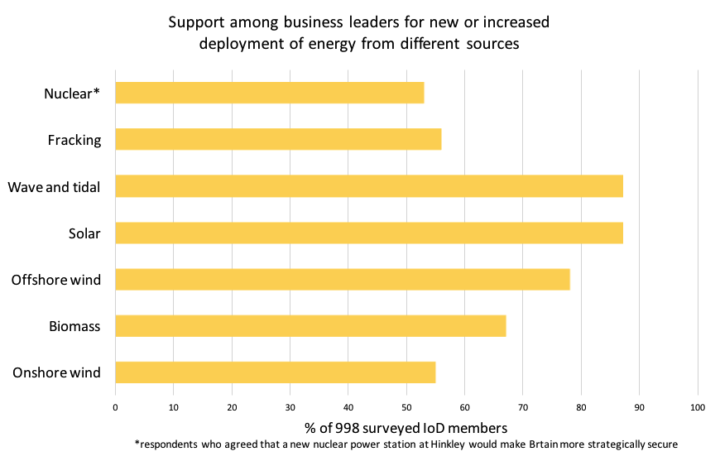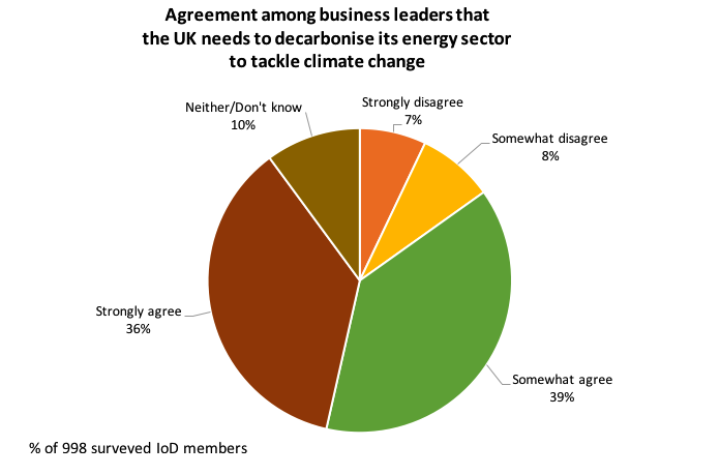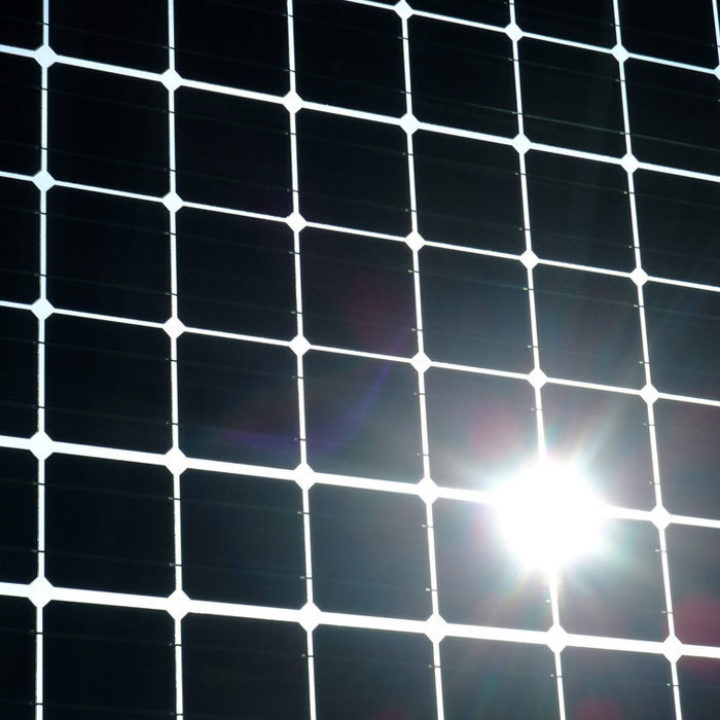UK energy system: Talkin’ ‘bout an evolution
While Hinkley takes the headlines, the UK electricity system is quietly undergoing a profound transformation
By Richard Black
Share
Last updated:
I guess they happen in every walk of life, but they certainly happen in the world of energy and climate change: those weeks when an inescapable set of signals emerges, all pointing in the same direction. Almost as if the world were trying to tell you something.

Last week was one such week. Almost inevitably, Hinkley appeared to be at its centre, such a showman has the issue become; but look further, and it’s evident that the real show is on the other side of town.
When you strip away the layers of troubled corporate finance and fears of Chinese espionage, when you remember that a nuclear power station’s job is to generate electricity rather than headlines, Hinkley really symbolises two distinct battles that have been raging for years, namely:
- Does the UK take climate change seriously and have a long-term energy policy that delivers meaningful decarbonisation – or does it just make the cheapest short-term decision at every stage?
- Does the future of electricity systems lie in traditional giant power stations pumping out electrons to passive customers, or in much more dynamic, flexible, smart grids where generation is diversified and decentralised?
Hinkley fits the part of taking climate change seriously and having a long-term plan; but no-one would call it cheap. It is now such a gargantuan issue, though, that it’s become a caricature of itself – a giant Godzilla that will either crush all before it or collapse under its own weight. But it’s also something of a mirage; and when you escape its unreality field, interesting things are happening.
Wind in the boardroom

Stereotypically, enthusiasm for renewable energy is the domain of tree-hugging greenies who know and care little for niceties such as keeping the lights on so long as the sanctity of Mother Earth remains unviolated.
Real men do not do renewables.
It’s amazing how long stereotypes persist past the point where they have lost all basis in fact. Energy academics and investment banks have understood for years that renewables-based systems are becoming the logic-based choice, given not only climate change but also simply cost.
Now, the Institute of Directors – Britain’s ultimate bosses’ club, whose walls ooze vintage cognac and where even the canapés come in pinstripe – has come out in favour of renewables. Seventy-five percent of bosses asked in a survey think Britain should build more of them.
Yes, the big-wigs like shale gas and nuclear power and other energy technologies as well – but not as much.
Even solar power, treated with huge scepticism in government ever since the late Professor David Mackay told ministers that it could not amount to a row of beans – garnered a huge thumbs-up.

Oh, and three-quarters of IoD members also back measures to reduce carbon emissions.

The second big news of last week came from National Grid, which admitted its complete failure to predict the rapid advent of small-scale renewables. Four years ago it estimated that 0.5 gigawatts would be installed by 2021. Already, the total is 11GW – and 13GW more is now considered likely. That’s an under-estimate by a factor of nearly 50. Accordingly, Grid has now slashed its forecast for the building of big block power stations by more than 50%.
The third instalment was approval of the Hornsea 2 wind project, off the Yorkshire coast, which puts the UK on track to have the world’s largest offshore wind farm up and running in the early 2020s. Uncertainty for Hinkley, and the rest of the nuclear projects in the pipeline – but certainty for offshore wind.
The inescapable conclusion is that whether you like renewables or not, they are becoming the centrepiece of the British energy system. With none of the flashy controversy of an £18bn geopolitical timebomb, more and more UK electricity is coming from wind and, to a lesser extent, solar. You might not like it – but I bet you’re using it.
Economic realities
The economic reasons for this are threefold. Firstly, although wind turbines and solar panels cost more to install, once up and running they provide virtually free electricity because there are no fuel costs. Society’s investment brings payback; the wholesale price falls.
Secondly, renewables are progressively becoming cheaper to build than fossil-fuel stations anyway. Last week Chile held an open auction for power projects, and solar came in at half the price of coal-fired generation.

Although there is an additional cost for balancing variable-output wind and solar, the four ways of doing it – demand-side response, interconnection, storage and peaking gas-fired generation – are all either achievable right now or developing swiftly. It’s neither rocket science nor prohibitive.
And thirdly, in the case of the UK where industrial strategy is back in vogue, establishing an increasingly indigenous supply chain and skills base for renewables is feasible. British-built wind turbine blades are now being used at British offshore wind farms. The companies involved tend to be foreign-owned – but then look at the ‘Big Six’ energy utilities, which include E.On (Germany), Scottish Power (Spain) and Electricité de France (self-explanatory).
As an interesting sideline, as the British electricity system heads in an increasingly renewables-based power system, the range of newspapers giving it balanced and insightful coverage also expands.
The Guardian, of course, has been in favour of renewable energy for just about ever. More remarkable was the transformation in The Economist and Financial Times a few years back, which makes sense given their absolute requirement to be investor-relevant.
Intriguingly to anyone who looks for signals in these things, the Institute of Directors endorsement came just as the Daily Telegraph’s International Business Editor Ambrose Evans-Pritchard was rounding off a feature series highlighting the case for offshore wind, for example, and the promise of electricity storage.
The Times/Telegraph/Economist/Pink ‘un really are a-changing – as they have to, given the inescapable conclusion that energy realities are changing too.
Also published on Climate Home
Share